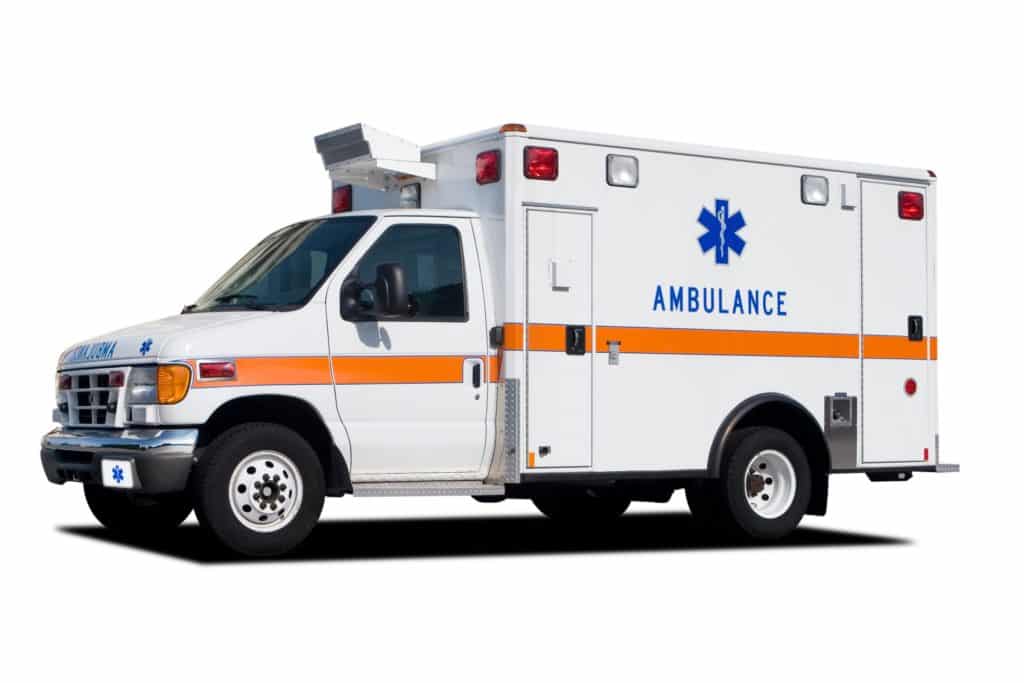A living will and a Do Not Resuscitate Order, known as a DNR, are very different documents. However, many people confuse the two. They both address end-of-life issues and are used in various settings, according to the article “One Senior Place: Know the difference between ‘living will’ and ‘do not resuscitate’” from Florida Today.
What is a Living Will?
A living will is a written statement describing a person’s wishes about receiving life-sustaining medical treatment in case of a terminal illness if they are near death or in a persistent vegetative state. The living will include choices such as whether to continue using artificial respiration, a feeding tube, and other highly intensive means of keeping a person alive.
We use the living will to make your wishes clear to loved ones and physicians. It is prepared by an estate planning or elder care attorney, usually when having an estate plan created or updated.
What is a DNR?
A DNR is a medical directive that states whether you want to be resuscitated in the event of respiratory or cardiac arrest. This document needs to be signed by both the patient and their treating physician, physician’s assistant, or registered nurse. It requires a medical professional to verify that the choices made are consistent with the patient’s medical condition. It’s often printed on brightly colored paper so it can be easily found in an emergency. This is typically referred to in Maryland as a MOLST form (Medical Orders for Life-Sustaining Treatment).
The DNR should be placed in a location where it can be easily and quickly found. In nursing homes, this is typically at the head or foot of the bed. At home, it’s often posted on the refrigerator.
The DNR needs to be immediately available to ensure that the patient’s last wishes are honored.
A key mistake made by well-meaning family members is to have the DNR given to someone rather than remain at home or at the patient’s bedside. If the DNR cannot be found and emergency medical responders arrive on the scene, they are legally bound to provide CPR or other medical care to revive the patient.
When the DNR is available, the emergency responders will not initiate CPR if they find the patient in cardiopulmonary arrest or respiratory arrest. They may instead provide comfort care, including administering oxygen and pain management.
If a person is admitted to the hospital, their living will is placed on the chart. Depending on the state’s laws, a certain number of physicians must agree the patient is in a persistent vegetative state or has an end-state condition and can no longer communicate. At that point, the terms of the living will are followed.
In addition to creating a living will or DNR with your estate plan, make sure that family members know where they can be found. We scan and email them to our clients and recommend that forward them to their decision makers and store the document on your smartphone.
Reference: Florida Today (July 19, 2022) “One Senior Place: Know the difference between ‘living will’ and ‘do not resuscitate’”


